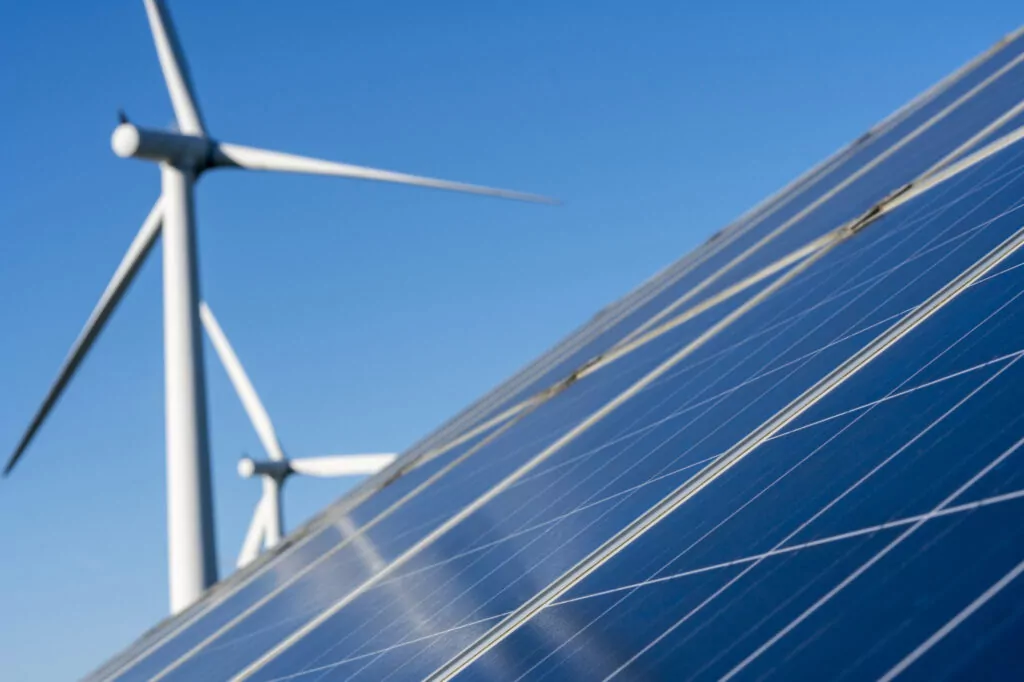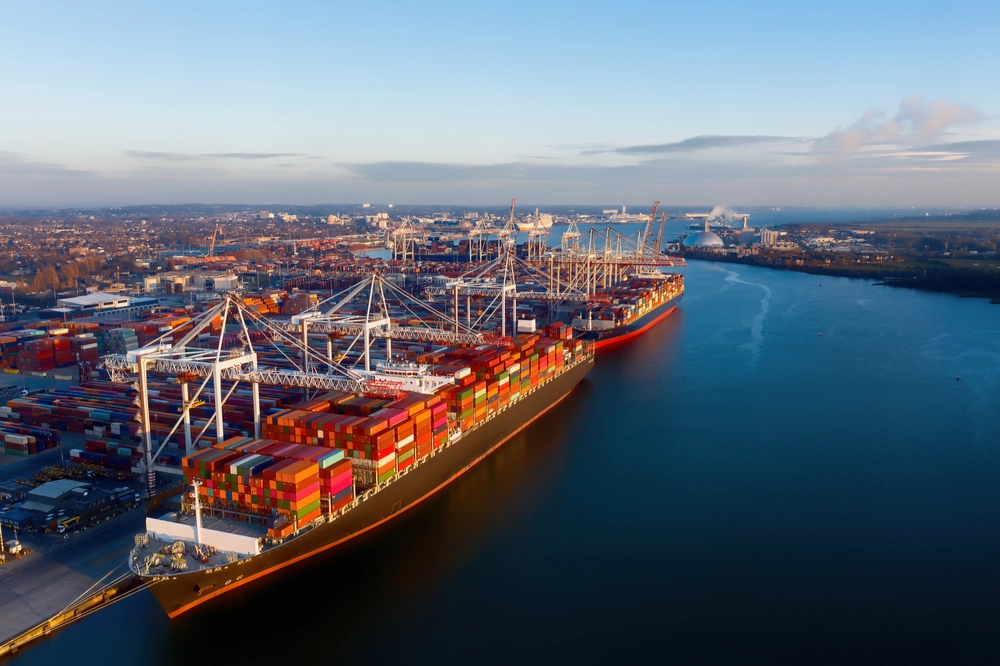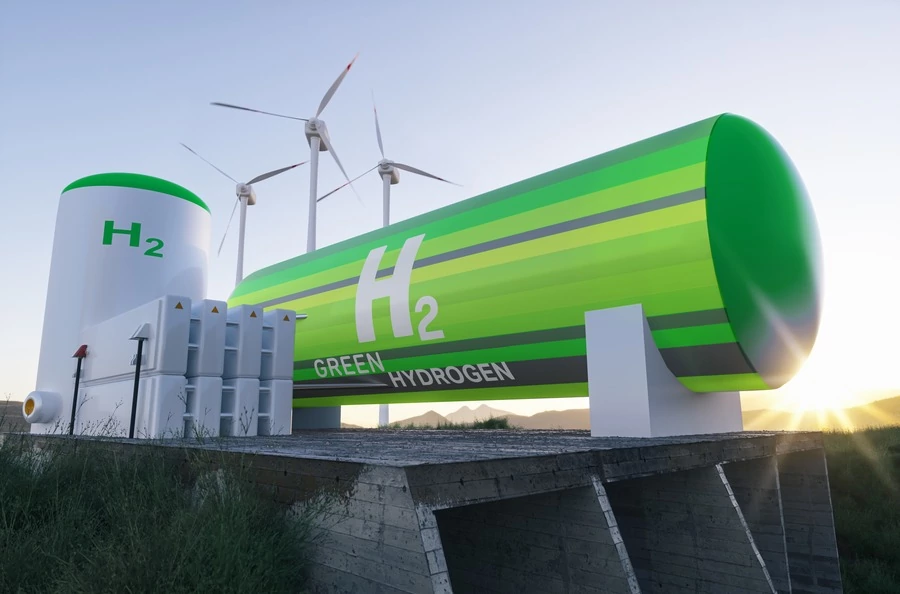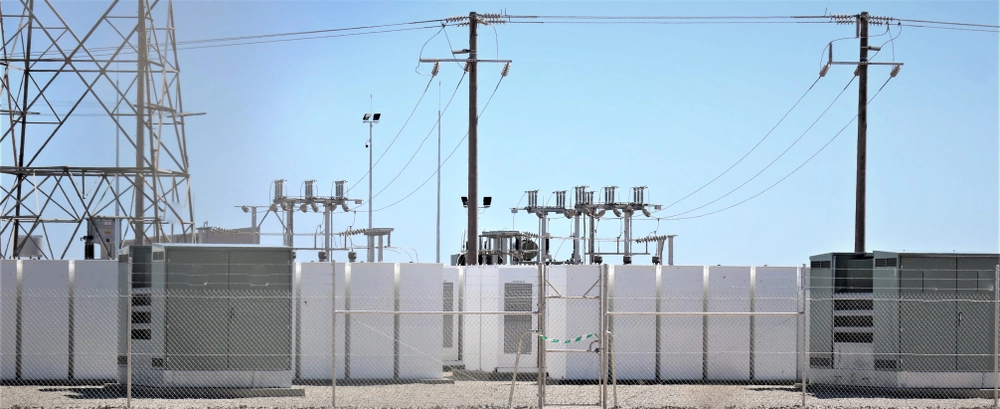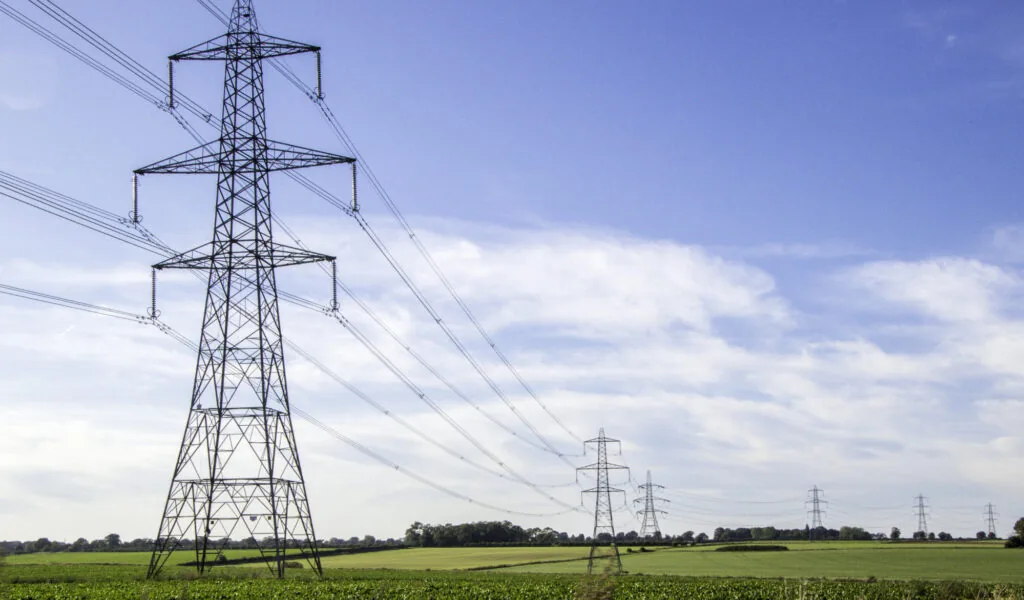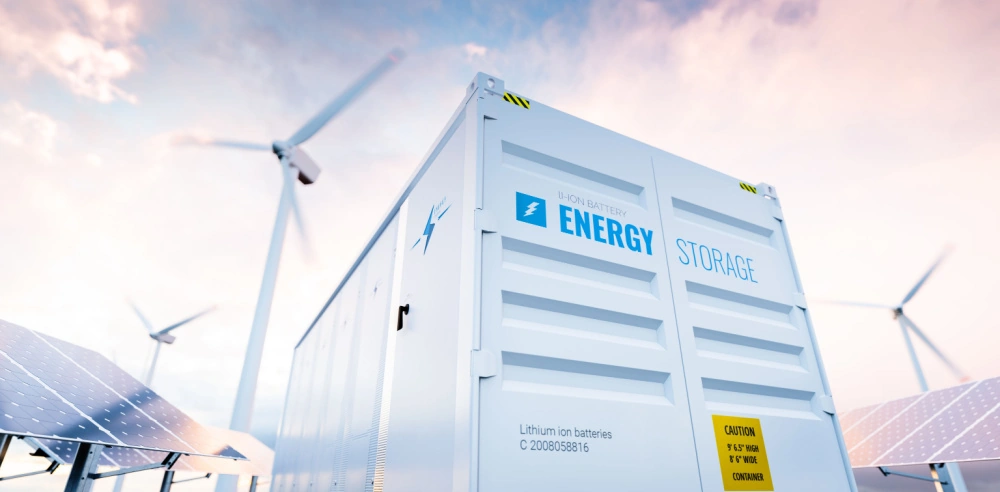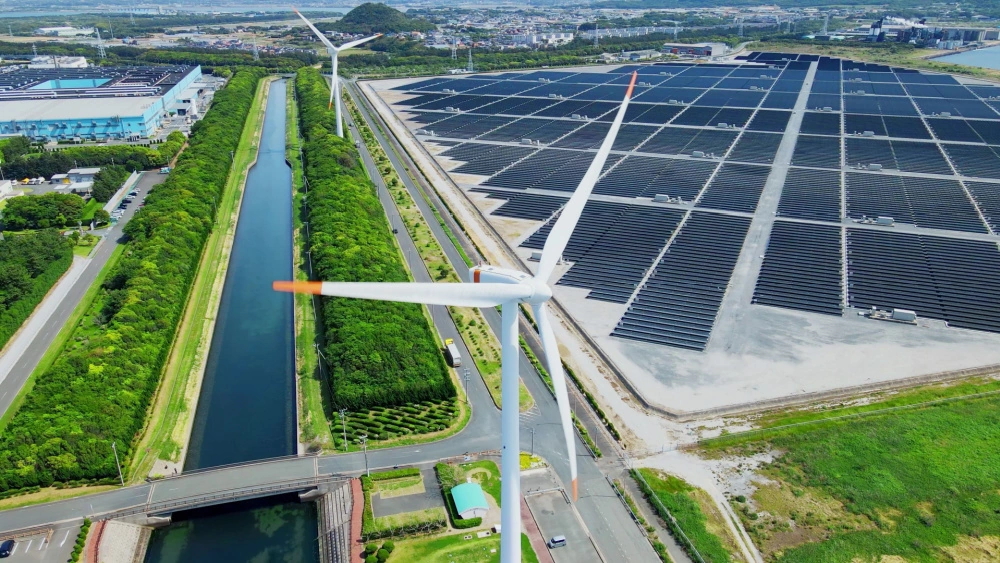A new standard?
VCMs and the integrity of carbon credits have been heavily criticised. For instance, overestimation of credit values, particularly where 'leakage'[1] occurs, has been observed in several reforestation projects. Double issuance and use have also been cited as risks where credits can be deemed as non-exclusive.
In its recent report, the Climate Change Committee highlighted the need for 'high-integrity carbon credits', defining these as credits that are "additional, accurately estimated and claimed, measurable and verifiable and have long-lasting benefits".
In attempts to improve verification and integrity, several international standards have been created. These include the Verified Carbon Standard, the Gold Standard, the Voluntary Offset Standard and the CORSIA Aviation offsetting scheme. These standards are important as they set the tone and methodology for VCM accreditation and use.
In addition, the Taskforce on Scaling Voluntary Carbon Markets ("TSVCM") published a consultation on the Core Carbon Principles ("CCPs") in July 2022, the results of which are expected in December 2022. The TSVCM's aim is to promote uniformity between VCMs, through the adoption of principles that are designed to provide a 'credible, rigorous, and readily accessible means of identifying high-quality carbon credits.'
The CCPs provide an assessment framework for double counting of credits, a registry to uniquely identify and record credits and good program governance to ensure transparency with additional third-party verification. Importantly, the TSVCM recognise that the creation of carbon credits must be additional to regulated emissions reduction and not solely motivated by factors such as financial gain.
A key theme that we are seeing in relation to Net Zero is the importance of credible, comparable and consistent data. Whether this is in the context of emissions or in the context of VCMs, data is a key driver in this Net Zero transition. We are also seeing digital platforms emerge which support this transition.
The London Stock Exchange VCM
Scaling of VCMs whilst maintaining transparency through disclosure is the focus of the newly launched VCM by the London Stock Exchange in October this year.
Funds and operating companies will be able to designate projects that will generate carbon credits, disclosing expected credit yield and the extent to which projects are meeting UN Sustainable Development Goals ("UN SDGs"), amongst others.
Companies will then list on the market and issue credits as a dividend 'in-specie' or cash to institutional, corporate, and retail investors. This creates a greater incentive for projects that generate credits as well as transparency for investors in the listed funds and operating companies.
We are seeing increased interest amongst funders and investors in respect of Net Zero reporting generally (e.g., through the Task force on Climate related Financial Disclosures, the International Sustainability Standards Board and the Transition Plan Taskforce).
Improving carbon credit integrity using blockchain
Blockchain technology and the creation of a decentralised, immutable ledger that is distributed and validated by participants, could be used to create a reliable and transparent platform for carbon credit recording.
Proponents suggest that carbon credits could be converted to tokens and transferred to the blockchain after projects are validated. These can then be exchanged on a decentralised marketplace. Once purchased and used as an offset, they can be 'burnt', and a carbon offset certificate can be issued in the form of a non-fungible token. By recording the transactions on a ledger, the validation and accounting methods used to create the credit are visible for all to see.
There are a host of issues yet to be addressed here, which we are monitoring. One problem is that the tokenisation of a carbon credit makes it less unique. Credits from e.g., 10 reforestation projects could be converted into one standard 'forest token' so buyers are unable to know which project they support. Sustainability concerns have also been raised about the use of blockchain technology.
In the transition to Net Zero we are currently seeing decentralised approaches & solutions with regards to tackling this transition. For a while, and importantly until regulation plays catch up, this is likely to continue to be the case. The use of blockchain is one example. We are watching this space develop with interest.
What does the future hold?
We expect to see VCMs grow in the next decade. The Foot Anstey team has already been instructed to support clients with the negotiation of offset agreements on behalf of both corporates wishing to supplement their efforts to reduce carbon emissions and project developers, developing carbon offsetting projects across the globe.
We also expect increased regulation and government intervention at national and international level as efforts to standardise the process of assessing and verifying carbon credits scale up.
The team prides itself on its ability to identify cross-sector synergies and trends in the market. Experts in the team are adept at engaging with investors and funder requirements and would be happy to support you in this sector.
[1] Leakage occurs where the project encourages increased emissions elsewhere e.g., tree planting in one area being replaced with deforestation in another.



